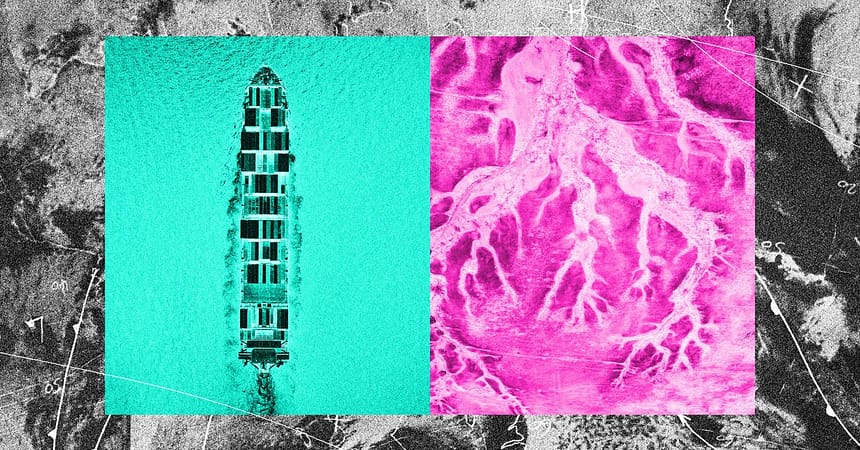Abhi Ghadge, associate professor of supply chain management at Cranfield University in the UK, says there has been “a general kind of negligence” in terms of climate resilience, though that is beginning to change.
Building a detailed understanding of a supply chain can, however, be incredibly difficult, especially for smaller companies. Who supplies their suppliers? Which key raw material is about to become subject to a shortage? Tracking such details requires long-term commitment and investment, says Beatriz Royo, associate professor at the MIT-Zaragoza Program in Spain.
Mindful of this, professional services firm Marsh McLennan launched a system called Sentrisk last year that it claims can automatically analyze a company’s shipping manifests and customs clearance records to build up a picture of its supply chain. Sentrisk relies on large language models to read potentially billions of PDF documents, depending on the client in question, and automatically trace where individual materials and parts come from. “It could misread something, of course,” says John Davies, Sentrisk commercial director—though he emphasises that the system relies on artificial intelligence only to read documents, not extrapolate beyond them. There’s no chance of it hallucinating a network of suppliers that doesn’t exist.
Sentrisk combines this supply chain analysis with data on climate risks in specific locations. “If you’re to invest in the construction of a new fabrication plant, maybe you can choose a location that is less likely to be impacted by water shortage,” says Davies.
Another challenge is that digital twins require constant updating, says Dmitry Ivanov, professor of supply chain and operations management at the Berlin School of Economics and Law. “It’s not like a house that you build and the house exists in this form for 100 years,” he says. “Supply chains change every day.”
And while we have a reasonably good idea of how climate change will affect the planet as a whole in the coming years, the exact location, timing, and magnitude of specific disasters is tricky to predict. This is where new tools for climate-risk modeling and extreme weather prediction come in. Semiconductor and AI giant Nvidia has a platform called Earth-2, which it hopes will address this challenge, with the help of other organizations including the National Oceanic and Atmospheric Administration.
The idea is to use AI to provide earlier warnings of a drought or flood, or to more accurately predict how a storm will develop. Some parts of the world only have relatively high-level information about current weather patterns; Earth-2 uses the same type of AI that sharpens pictures in your smartphone camera app to simulate higher-resolution data. “This is really useful, especially for small regions,” says Dion Harris, senior director of high-performance computing and AI factory solutions at Nvidia.
Companies can feed their own data into Earth-2 to improve predictions even further. They might use the platform to model climate and weather impacts in specific geographies, but the overall scope of the project is vast. “We are building the foundational elements to create a digital twin of the Earth,” Harris says.






